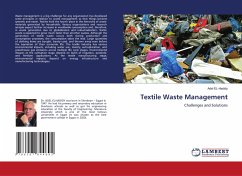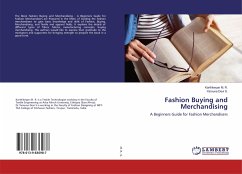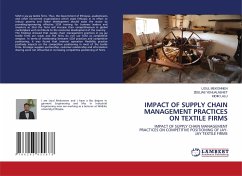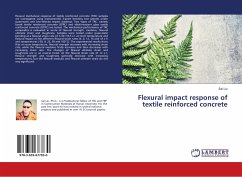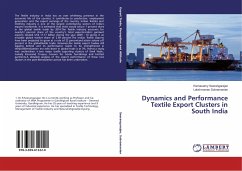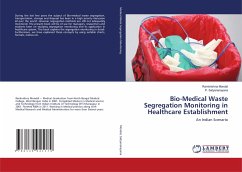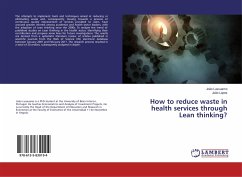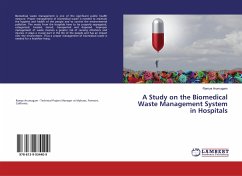Waste management is a big challenge for any organization has developed some principles in relation to waste management so that things become systemic and easier. Textiles hold the fourth place in the hierarchy of waste materials generated by households. Various organizations and research analysis expect further increases in worldwide consumption and, therefore, in waste generation due to globalization and industrialization. Textile waste is expected to grow much faster than all other wastes. Although the generation of textile waste occurs both during production and consumption processes, the consumption takes the lead. Large quantities of clothing items are bought, barely used, and thrown away even before the expiration of their economic life. The textile industry has various environmental impacts, including water use, toxicity, eutrophication, and greenhouse gas emissions across multiple life cycle stages. Environmental impacts at the cultivation stage depend on levels of irrigation, pesticide, and fertilizer applications. At the textile manufacturing stage, environmental impacts depend on energy infrastructure and manufacturing technologies.
Bitte wählen Sie Ihr Anliegen aus.
Rechnungen
Retourenschein anfordern
Bestellstatus
Storno

